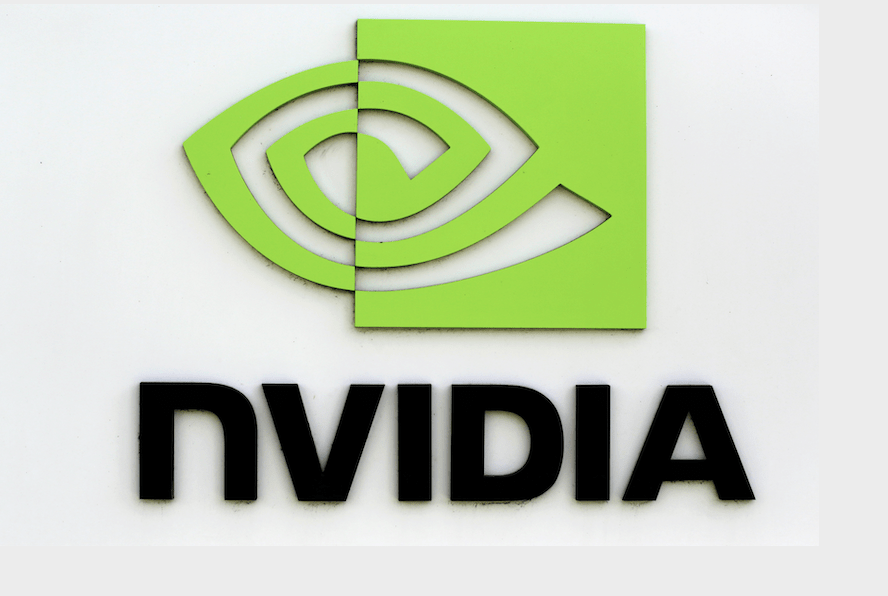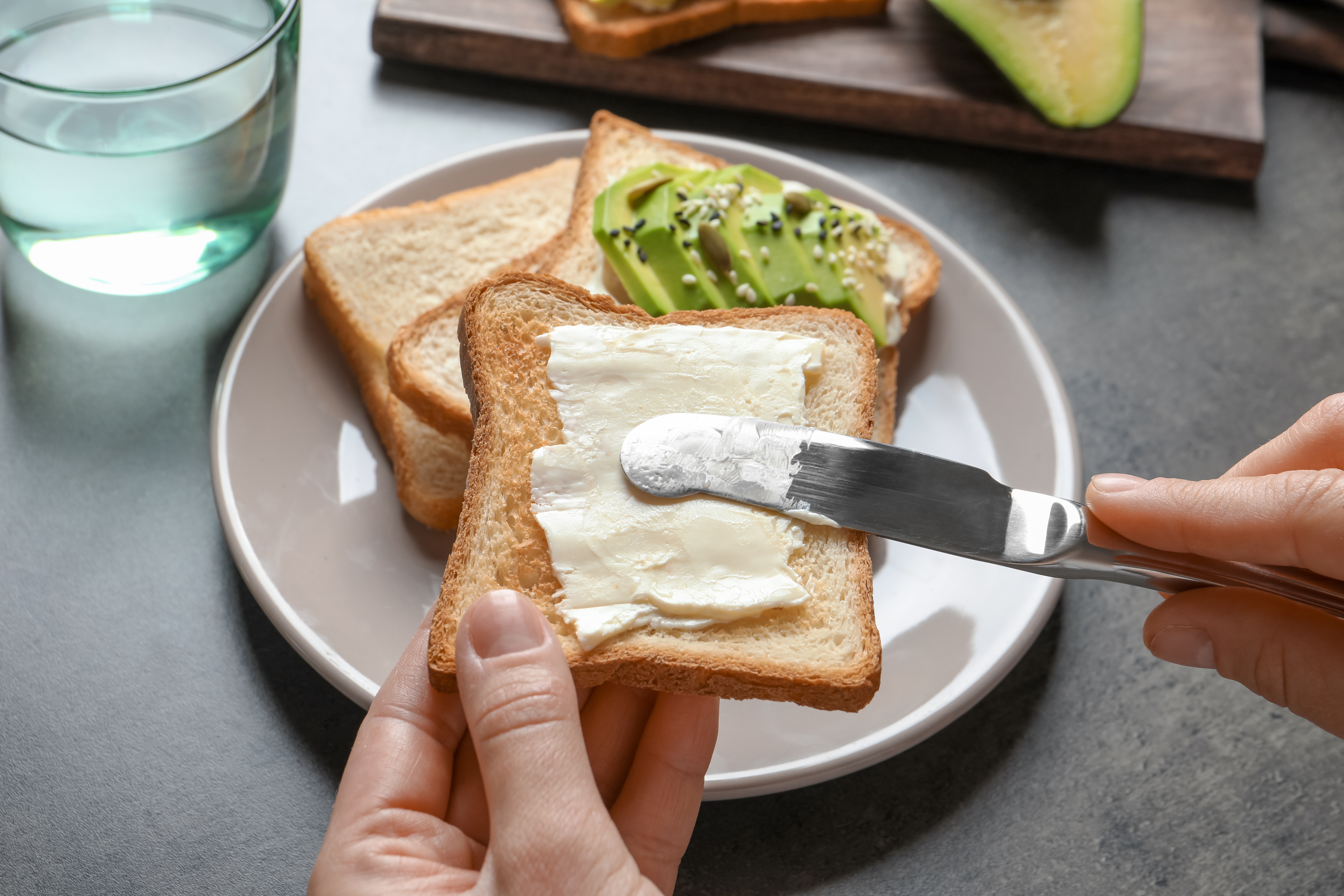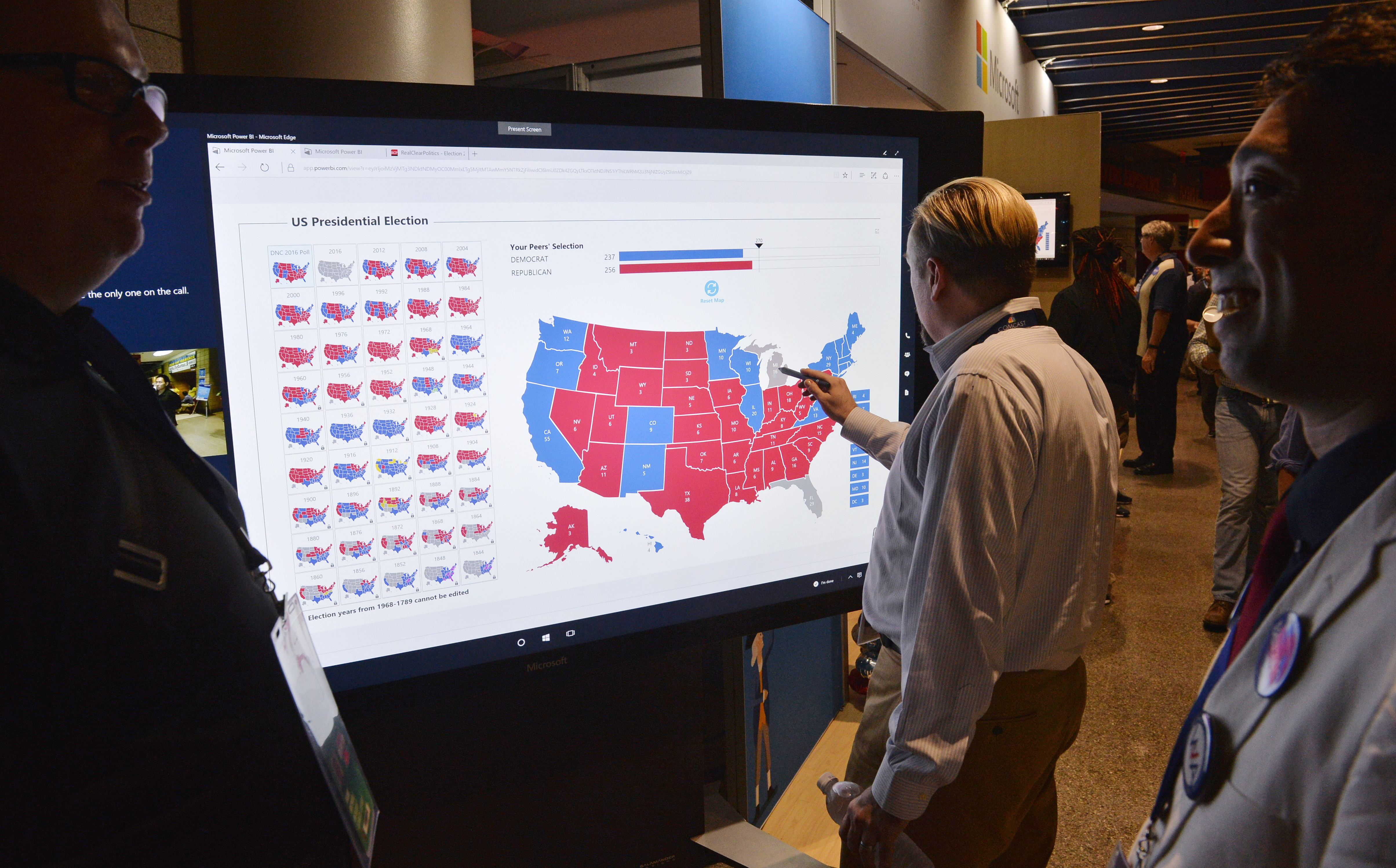Arbitrage Secrets: How to Create ‘Free’ Butterfly Spreads
When ratio spreads move into a winning position they can be converted into so-called “free” butterfly spreads.

When taking a position in the market, most investors and traders seek to minimize potential risks, while maximizing potential rewards.
In certain cases, this may even materialize in the form of “pure arbitrage”—a situation in which a position theoretically can’t lose. While pure arbitrage isn’t easy to come by, there are certain situations in the market where it does materialize.
Case in point, a ratio spread can theoretically be converted into a “free” butterfly spread that theoretically can’t lose. The trick is that in order to set-up this “riskless” butterfly position, the original ratio spread must first move into a winning position.
Before diving further into so-called “free” butterflies, let’s first review the basic profiles of ratio spreads and butterfly spreads, in more general terms.
Ratio Spreads
A key difference between ratio spreads and other options spreads revolves around the fact that “ratios” are not deployed in the usual “1-by-1” fashion.
For example, a standard straddle involves buying, or selling, calls and puts in equal ratio. That means a trader would buy one call and one put, or two calls and two puts, or three calls and three puts—the same number of contracts on each leg of the spread.
As the name implies, ratio spreads are deployed in a less symmetrical fashion—typically involving a “1-by-2” structure. A common ratio spread approach involves buying one at-the-money (ATM) call and selling two out-of-the-money (OTM) calls—normally referred to as a “front ratio call spread.”
While 1-by-2’s are the most commonly deployed ratio spreads, any spread that involves at least two different legs, and a non-symmetrical number of contracts traded on each leg, technically falls under the umbrella of a “ratio spread.”
1-by-2’s are most often constructed by purchasing one at-the-money (ATM) call, and selling two out-of-the-money (OTM) calls. Or, by purchasing one ATM put and selling two OTM puts. The former is referred to as a “front ratio call spread,” while the latter is referred to as a “front ratio put spread.”
One important distinction with front spreads such as these is that they possess clear directional bias—meaning they generally perform better when the underlying stock moves in one direction, as opposed to the other. Front ratio call spreads are generally slightly bullish in nature, while front ratio put spreads are slightly bearish.
Because ratio spreads involve taking more risk on one leg of the trade, as compared to the second leg, the resulting position technically represents “undefined risk.” That essentially means the maximum gain or loss isn’t defined at trade deployment.
Butterfly Spreads
The butterfly spread is constructed using three different strikes within a single expiration period (all calls, or all puts) and it’s imperative that the distance between the strikes be exactly the same.
The key with a butterfly is that twice the amount of contracts are traded on the middle strike, the “body” of the spread, as compared to the outer strikes, the “wings” of the spread.
Likewise, the body and wings of a butterfly will be a mix of short and long premium—which is where the “spread” component of the position factors in. Either the “body” is sold twice and the “wings” are both purchased once, or the reverse. This is the famous butterfly “1-by-2-by-1” structure.
When selling the body of the butterfly, a trader is hoping that the underlying remains as close as possible to the middle strike, with the long wings representing insurance in case the underlying makes a big move.
When purchasing the body of a butterfly, a trader is hoping that the underlying moves as far away from the middle strike as possible. The wings are sold to help finance this long premium bet in the event the stock sits still.
If a big move does occur, the sale of the wings cuts into potential profits, which is why a butterfly spread falls into the “defined-risk‘ category of positions (limited risk, limited reward)—meaning maximum gains and losses are known prior to trade deployment.
Converting Ratios Into “Free” Butterflies
While ratio spreads are popular on their own accord, an interesting aspect of these positions is that they closely resemble butterflies.
For example, consider a ratio put spread in hypothetical stock XYZ, involving the 40 and 41 strikes. In this case, a trader might have sold two 40 strike puts and bought one 41 strike put.
The optimal outcome for a put ratio spread such as this is for the underlying price of the stock to settle as close to the short strike as possible by expiration. Typically, a trader receives a credit to put on this position. For the purposes of this example, let’s imagine the trader received a $1.50 credit for this ratio put spread.
Now, looking at this spread from another angle, consider that if the trader were to purchase a 39 strike put, the position would be transformed into a butterfly. The new butterfly would include one long 39 strike put, two short 40 strike puts, and one long 41 strike put—that same aforementioned 1-by-2-by-1 structure.
The trick in this case—and the method by which this position later becomes a “free” butterfly—is that the trader first deploys only the ratio put spread.
Now consider that the original ratio put spread moves in the trader’s favor—meaning the underlying stock stays close to the short strike, as time passes.
With the position now in a winning position, the trader might decide to close the spread and take the profits off the table. On the other hand, the trader might decide to keep the position active and allow it to work toward its maximum profit.
However, there’s a third choice. The trader could also opt to purchase the 39 strike put and convert the 40-41 (strike) ratio put spread into a 39-40-41 (strike) butterfly spread.
The key is that by waiting a little while, the trader has allowed the 39-strike put decline in value (assuming the ratio put spread is winning). That means that buying the 39-strike put at this stage in the trade life cycle will be cheaper than it would have been when the ratio put spread was first deployed.
Recall that the trader received a $1.50 credit for the initial put ratio spread. Now imagine that the trader can purchase the 39-strike put for $0.46. That means that the overall credit for the new butterfly would equate to $1.04 ($1.50 – $0.46 = $1.04).
However, one must recall that butterflies such as this typically require a trader to pay a debit to initiate a long butterfly (short the body and long the wings). The maximum loss of the long butterfly is actually the amount of the debit paid to initiate it.
By deploying the put ratio spread, and waiting to convert it to a long butterfly, the trader can actually receive an overall credit for this trade ($1.04). That means the trader technically cannot lose on this position.
The rub, however, is that the trader was forced to accept a higher degree of risk when initially deploying the ratio put spread.
Due to the complexity of this topic, readers are encouraged to review a past installment of From Theory to Practice when timing allows. The host of this show, Dr. Jim Schultz, walks viewers through a practical example of a free butterfly on this episode.
More information on this topic is also available via Dr. Jim’s “Definitive Guide to Butterflies.”
Offer extended through April 1st: Subscribe to Luckbox in print and get a FREE Luckbox T-shirt!
See SUBSCRIBE or UPGRADE TO PRINT (upper right) for more info.
Sage Anderson is a pseudonym. He’s an experienced trader of equity derivatives and has managed volatility-based portfolios as a former prop trading firm employee. He’s not an employee of Luckbox, tastytrade or any affiliated companies. Readers can direct questions about this blog or other trading-related subjects, to support@luckboxmagazine.com.




















